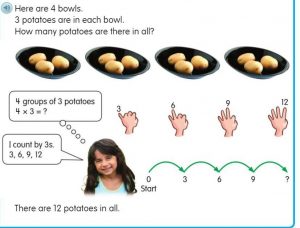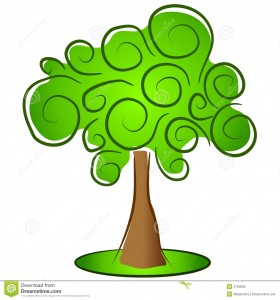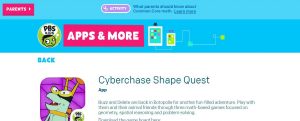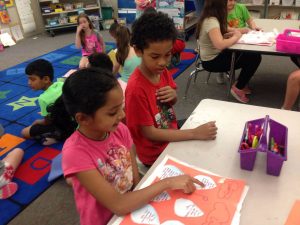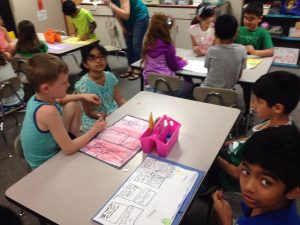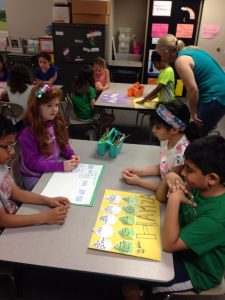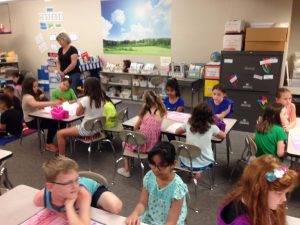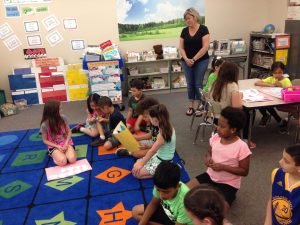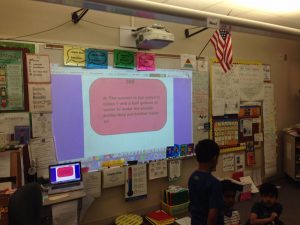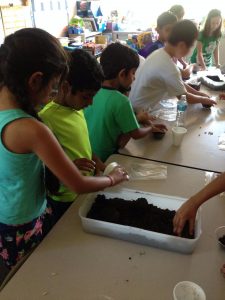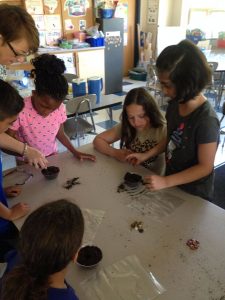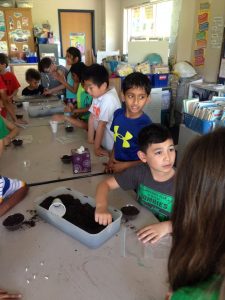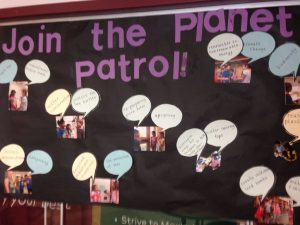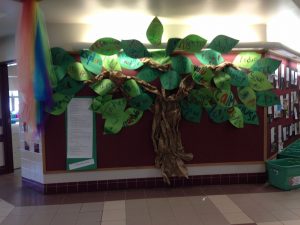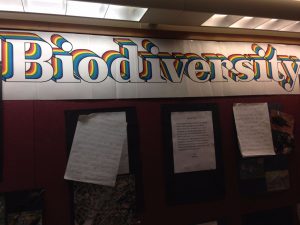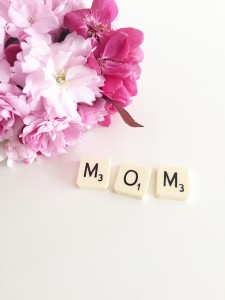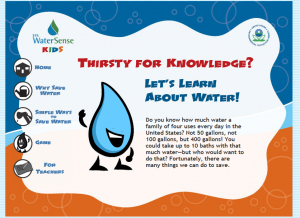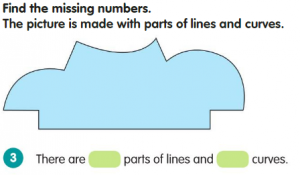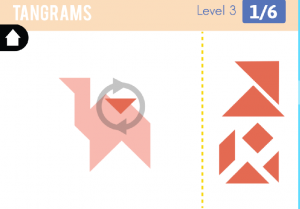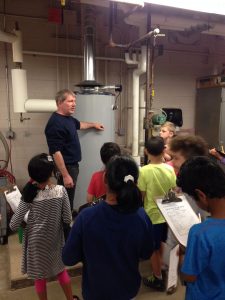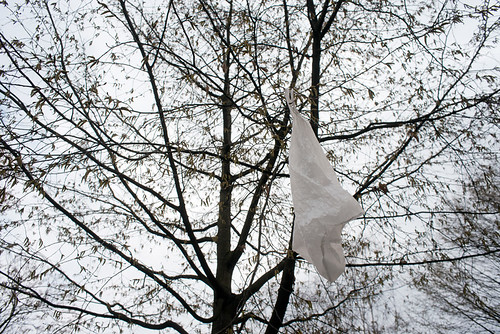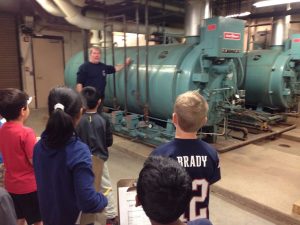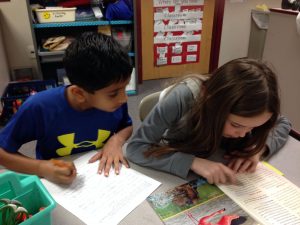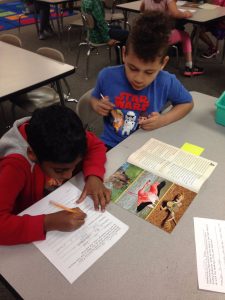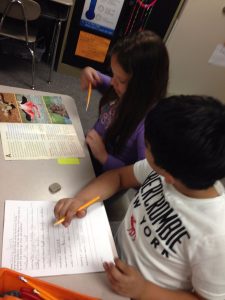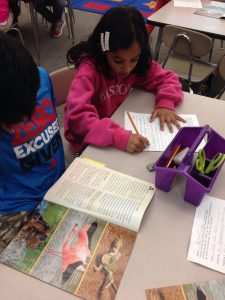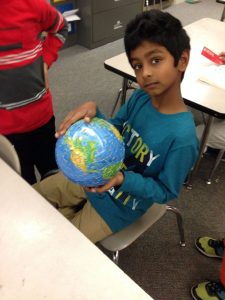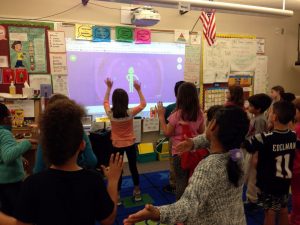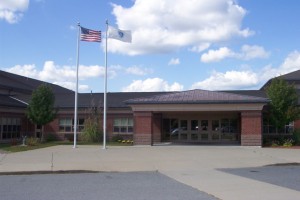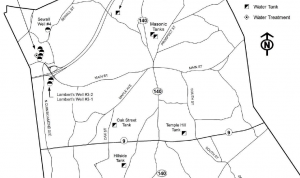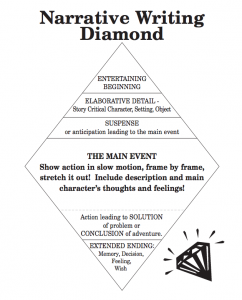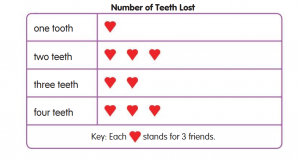Posted by kavery508 | Posted in Uncategorized | Posted on May 30, 2017
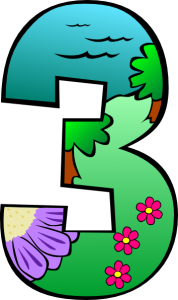 Just 3 weeks to go! It’s so awesome to see the amazing growth in these young scholars. There is much to be proud of!
Just 3 weeks to go! It’s so awesome to see the amazing growth in these young scholars. There is much to be proud of!
 Thank you for supporting our classroom’s health by sending supplies this year! We still need kleenex, if you haven’t sent any yet, and we need band-aids (plain, no antibacterial) and hand sanitizer to wrap up the year in healthy style. Thank you!
Thank you for supporting our classroom’s health by sending supplies this year! We still need kleenex, if you haven’t sent any yet, and we need band-aids (plain, no antibacterial) and hand sanitizer to wrap up the year in healthy style. Thank you!
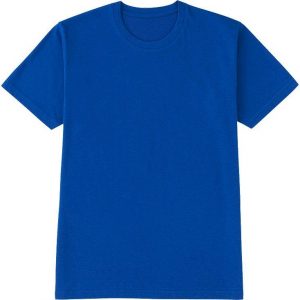 Field Day is coming! This is an event kids remember and write about for years. The blacktop and soccer field will host an array of individual and team challenges designed to engage kids mentally and physically. Grade 2’s day is Thursday, June 8, in the afternoon. Please plan to send your child in a blue t-shirt that day (classes are color-coded for easy identification and safety). Also, there is a pirate theme to this year’s games. Students are welcome, but not at all required, to wear pirate accessories (minus weapons) as long as it doesn’t pose a safety issue when they are running, jumping, etc. Check back here next week for field day tips!
Field Day is coming! This is an event kids remember and write about for years. The blacktop and soccer field will host an array of individual and team challenges designed to engage kids mentally and physically. Grade 2’s day is Thursday, June 8, in the afternoon. Please plan to send your child in a blue t-shirt that day (classes are color-coded for easy identification and safety). Also, there is a pirate theme to this year’s games. Students are welcome, but not at all required, to wear pirate accessories (minus weapons) as long as it doesn’t pose a safety issue when they are running, jumping, etc. Check back here next week for field day tips!
Some end-of-year notes:
- There are 2 more weeks of reading, math, and math facts homework, ending on June 9.
- Students will be taking reading tests in class (DRA’s). These are not sent home, but their independent reading level is noted on the final report card, issued on the last day of school. On-grade level= Independent Level 28M.
- This Friday, students will take the district problem-solving assessment. This week’s math homework is all about preparing them to respond in ways that are Clear, Complete, and Accurate.
 Our end of year ELA focus is on identifying and recognizing parts of speech. We’ll learn about the purpose of pronouns, verbs, and adverbs in sentences, and how to identify them in text. A fun part of our instruction will be singing along to Schoolhouse Rock (remember those old tunes? Turns out they were right on!). Peruse them at home, and ask your child to identify the learning going on!
Our end of year ELA focus is on identifying and recognizing parts of speech. We’ll learn about the purpose of pronouns, verbs, and adverbs in sentences, and how to identify them in text. A fun part of our instruction will be singing along to Schoolhouse Rock (remember those old tunes? Turns out they were right on!). Peruse them at home, and ask your child to identify the learning going on!
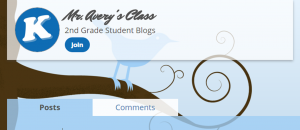 Students have been taking their blogging to the next level by engaging in discourse around the bag ban debate. They are learning to agree and disagree respectfully, and to pose questions to each other to stimulate discussion. Wow! Students are welcome to share our class blogs with you when at home by following this link and entering their password: https://kidblog.org/class/mr-averys-class8/login. They should not however post or comment from home.
Students have been taking their blogging to the next level by engaging in discourse around the bag ban debate. They are learning to agree and disagree respectfully, and to pose questions to each other to stimulate discussion. Wow! Students are welcome to share our class blogs with you when at home by following this link and entering their password: https://kidblog.org/class/mr-averys-class8/login. They should not however post or comment from home.
This week they will learn to take and upload a photo of their math work and challenge each other to identify the shapes in figures they create with pattern blocks. Cool!
 Our final math topic of the year is multiplication facts for 3 and 4. The Common Core states that grade 2 students only need to master multiplication through adding equal groups of objects (e.g. see that 3 + 3 + 3 is 3 x 3, and count out objects to show it). However, we know students are at various levels of understanding, and daily work will be differentiated to allow students to work at a more accelerated pace where appropriate. Like in the picture below, some students will be learning to count by 3s; some will be using number lines to show the repeated addition; and some will be learning rote facts as with math facts practice. There are plenty of online games to practice facts such as this one at ABCYa; however the games I’ve seen are best played with multiplication tables handy to reference.
Our final math topic of the year is multiplication facts for 3 and 4. The Common Core states that grade 2 students only need to master multiplication through adding equal groups of objects (e.g. see that 3 + 3 + 3 is 3 x 3, and count out objects to show it). However, we know students are at various levels of understanding, and daily work will be differentiated to allow students to work at a more accelerated pace where appropriate. Like in the picture below, some students will be learning to count by 3s; some will be using number lines to show the repeated addition; and some will be learning rote facts as with math facts practice. There are plenty of online games to practice facts such as this one at ABCYa; however the games I’ve seen are best played with multiplication tables handy to reference.

